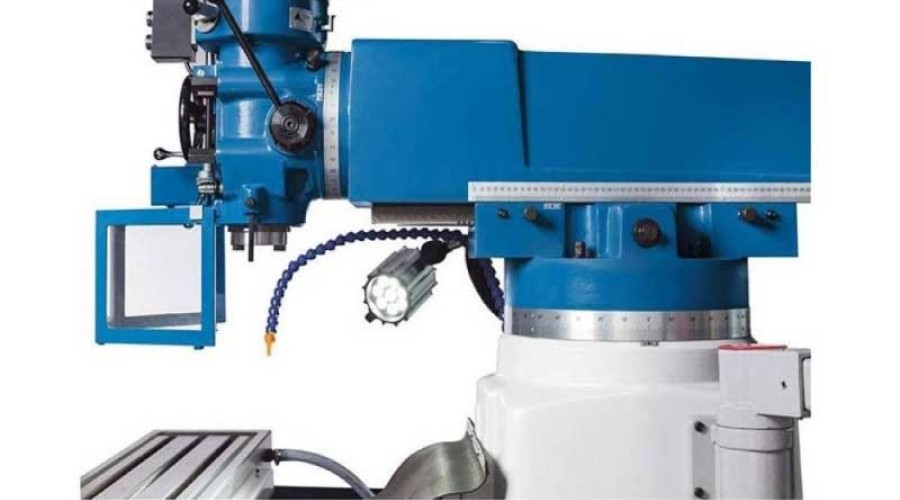
Equipment Introduction
A milling machine primarily uses a milling cutter to machine various surfaces of a workpiece, with the cutter's rotation serving as the main motion and the movement between the workpiece and the milling cutter as the feed motion.
Equipment Features
1.Utilizes multi-blade tools that rotate through the cutting process, offering excellent tool cooling and high durability;
2.High production efficiency and wide machining range;
3.High machining precision;
4.Lower operational costs help reduce machining expenses.
Types of Machining
Milling machines can mill flat surfaces (horizontal and vertical), grooves (keyways, T-slots), gears (gears, splined shafts, sprockets), threads, and more complex surfaces.
Machining Accuracy
General milling accuracy can reach IT7IT8, with a surface roughness of Ra1.66.3um.
1.Rough milling typically achieves an accuracy of IT11IT13, with surface roughness of Ra520um;
2.Semi-finish milling accuracy ranges from IT8IT11, with surface roughness of Ra2.510um;
3.Finish milling provides an accuracy of IT6IT8, with a surface roughness of Ra0.635um.
Machining Materials
Materials processed include carbon steel, stainless steel, aluminum alloys, brass, maraging steel, PEEK, POM, Teflon, and bakelite.

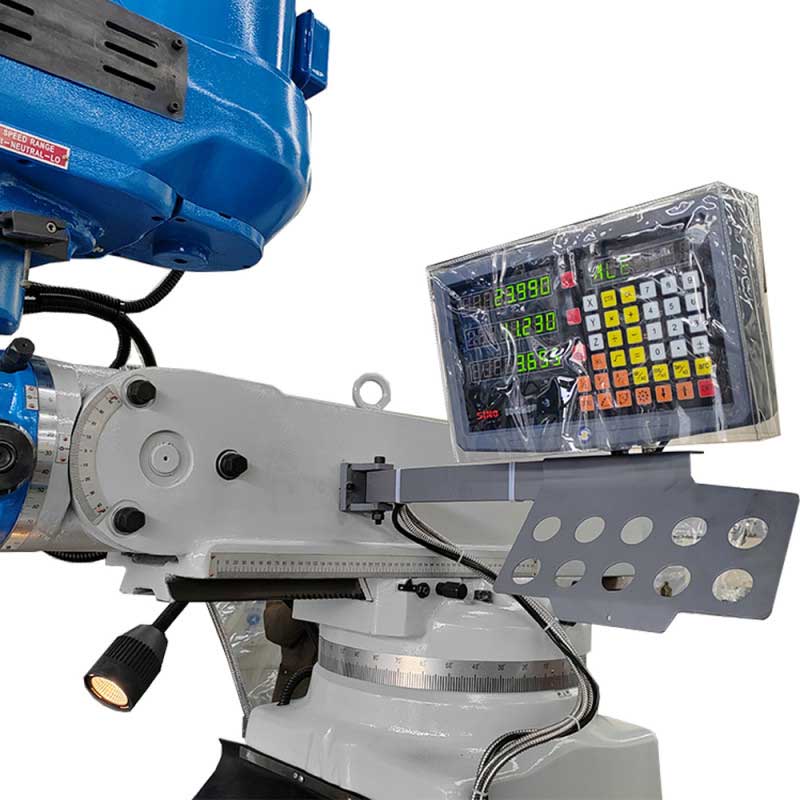
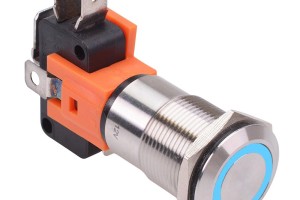
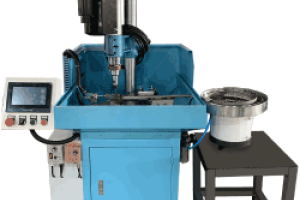
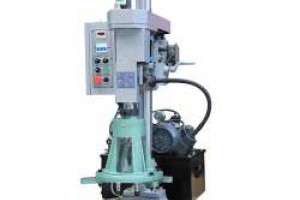
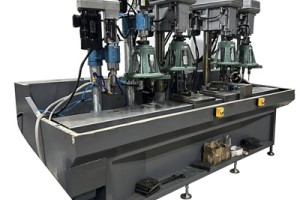
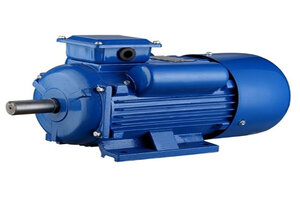
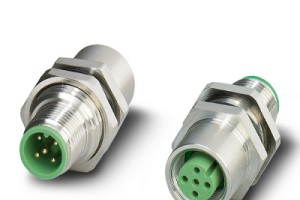
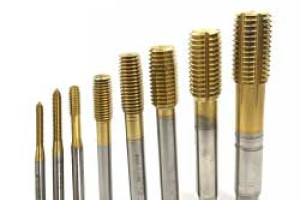
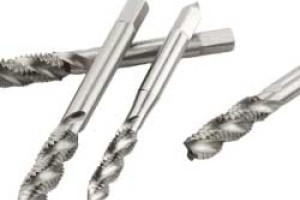
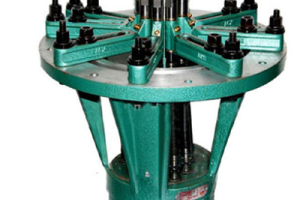
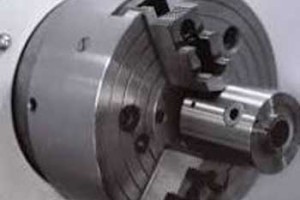
Leave a comment